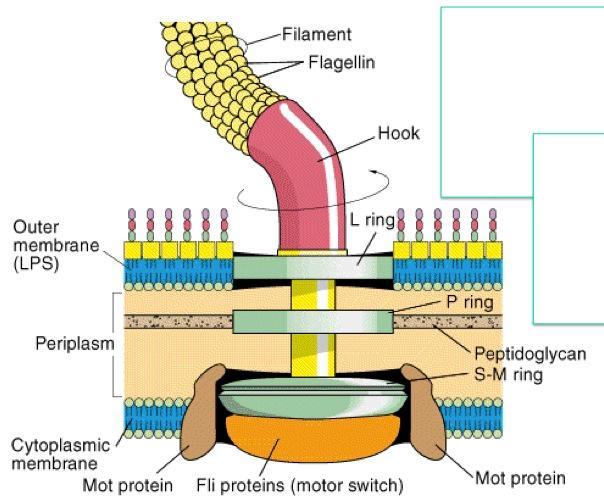Complement Pathways: Types, Functions and Regulation

Complement Pathways: Types, Functions and Regulation Complement was discovered by Jules Bordet as a heat-labile component of normal plasma that causes the opsonisation and killing of bacteria. It helps antibodies and phagocytic cells to clear pathogens and damaged cells; promote inflammation and attack pathogen’s plasma membrane. Proteins that take part in the complement system are called complements that collectively work as a biological cascade The complement system refers to a series of >20 proteins, circulating in the blood and tissue fluids. Most of the proteins are normally inactive, but in response to the recognition of molecular components of microorganisms they become sequentially activated in an enzyme cascade – the activation of one protein enzymatically cleaves and activates the next protein in the cascade. Complements are mainly denoted by the capital letter C with numbers; like, C1, C2, C3, and so on. Some have only alphabet, like, B , D . Some are simpl...






